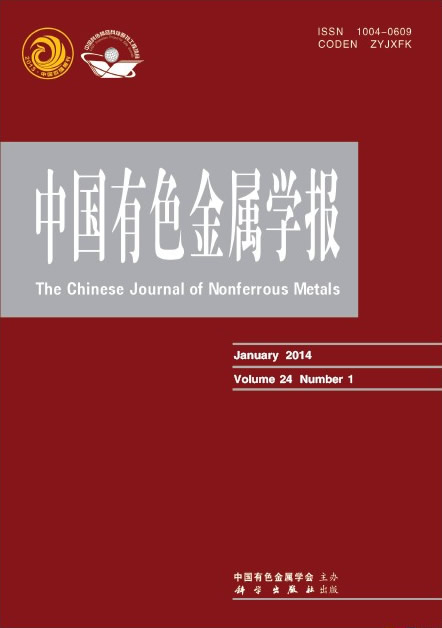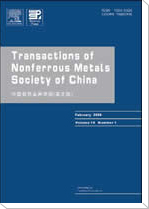(中国科学院 金属腐蚀与防护研究所, 金属腐蚀与防护国家重点实验室, 沈阳 110015)
摘 要: 利用原子力显微镜(AFM)原位考察了铜在SO2质量分数为0.9×10-6和90%相对湿度条件下,大气腐蚀过程中表面形貌及结构变化, 观察到铜在大气腐蚀中高分辨的形貌变化过程: 铜表面逐渐形成纳米级的蚀点, 并随着时间延长变大和彼此交迭, 而后开始更大尺度的新一层次蚀点的发展,表现出腐蚀微电池层次发展特征。 红外反射吸收光谱(IRAS)表明, 碱式硫酸盐是构成腐蚀产物膜的主要组分。 石英晶体微天平(QCM)原位测得的动力学曲线表明,铜在该条件下的腐蚀速度呈现出随时间延长而逐渐下降的趋势, 说明形成的腐蚀产物对进一步腐蚀产生抑制作用。
关键字: 铜; 大气腐蚀; 原子力显微镜; 石英晶体微天平
(State Key Laboratory of Corrosion and Protection of Metals, Institute of Corrosion and Protection of Metals, Chinese Academy of Sciences, Shenyang 110015, P.R.China)
Abstract:The insitu AFM morphologies of copper exposedto 0.9×10-6 SO2 (mass fraction) and 90% relative humidity (RH) were obtained. During the atmospheric corrosion, corroding dots occur on copper surface and grow gradually with time, so that relatively even and uniform corrosion film is formed when the corroding dots become big enough to overlap in given exposure period. Furthermore, the new and bigger corroded dots form and develop. The infrared reflection absorption spectroscopy (IRAS) indicates that there is basic sulfate copper as major corrosion products on the copper surface. The kinetic curve of mass change of copper under the condition which is recorded by insitu quartz crystal microbalance (QCM) demonstrates that the corrosion rate decreases with time and the corrosion products restrain the further corrosion on copper surface.
Key words: copper; atmospheric corrosion; atomic force microscopy (AFM); quartz crystal microbalance (QCM)


